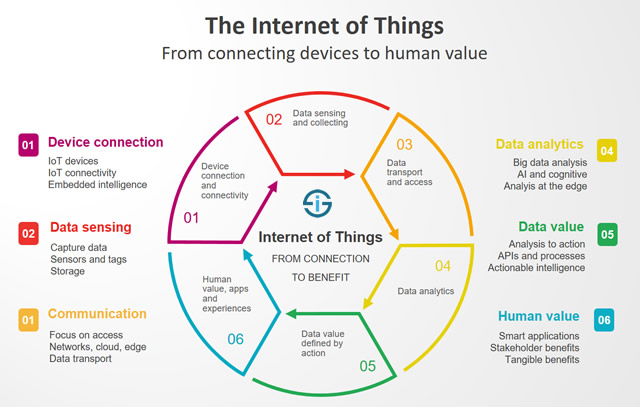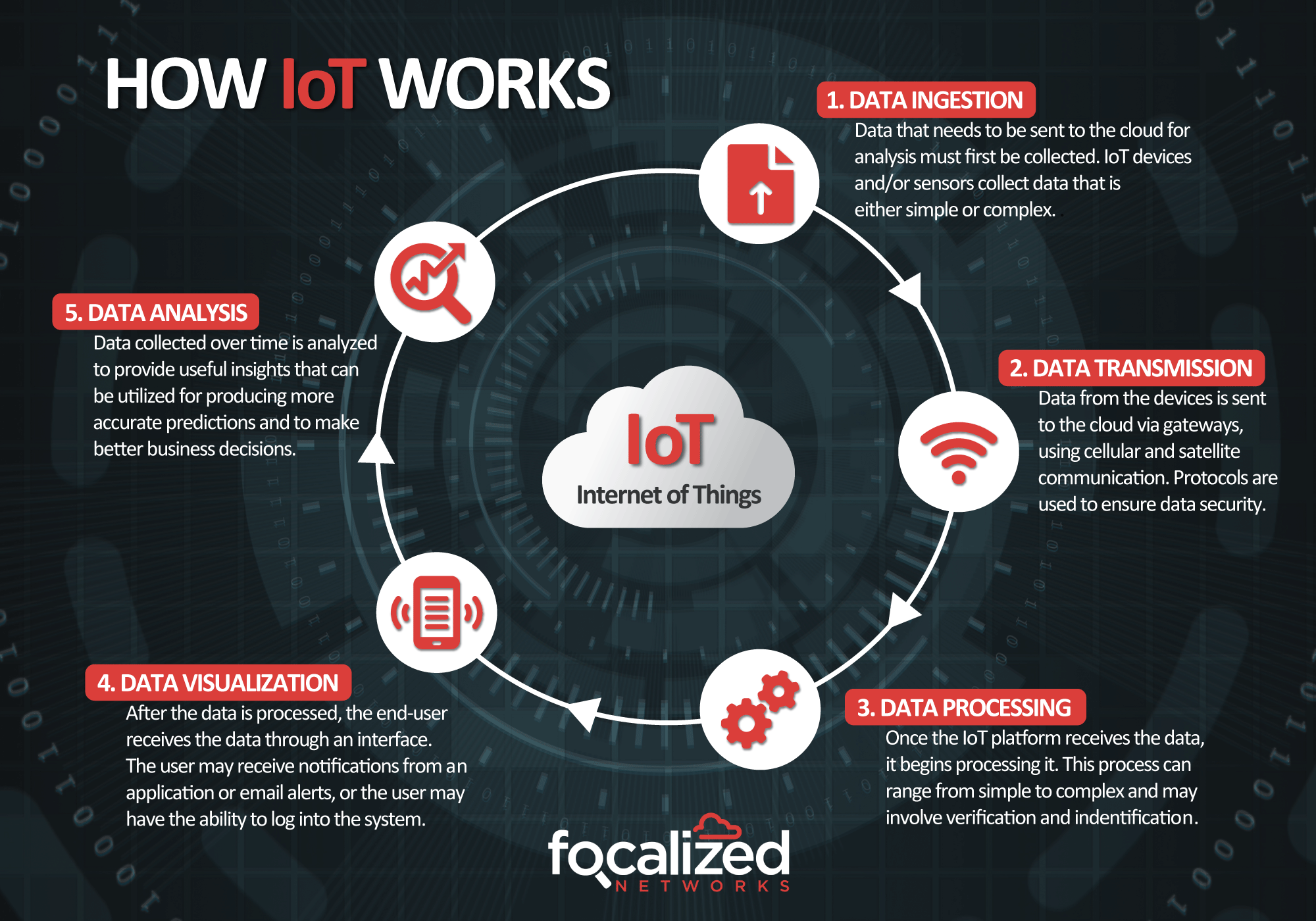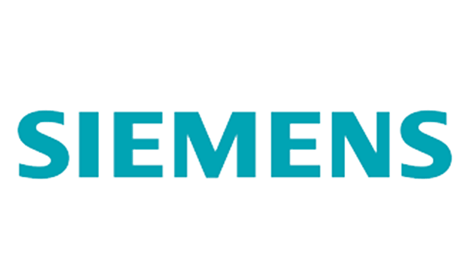Siemens – Siemens to carve out electric vehicle charging business to enable next level of growth
- Carve-out to combine Siemens eMobility and Heliox into a dedicated legal structure
- Provides entrepreneurial freedom and agility in a dynamic market
- Ensures readiness to further pursue partnerships
Siemens has announced the intention to carve out its eMobility business. The company bundled its eMobility charging activities in 2018 and subsequently organized it into a separate business unit in 2022.
The carve out of Siemens eMobility, which today has a strong technological core and portfolio, will give the business entrepreneurial freedom to transform into a more agile, focused and efficient market player. It will enable Siemens eMobility to better leverage opportunities in the fast-growing and dynamic electric vehicle (EV) charging infrastructure market.
Siemens has made targeted organic investments to build the eMobility business’ technology leadership and strengthen the product portfolio. The business has also executed multiple acquisitions including most recently Heliox, a specialist in DC fast charging solutions, focused on eBus and eTruck fleets. The Heliox acquisition extended Siemens’ market reach, primarily in Europe and North America, while improving capabilities in power electronics.
The upcoming carve-out will combine Siemens eMobility and Heliox into a dedicated legal structure, well-positioned to build on the experience and innovation of Siemens and the pioneering culture of Heliox. This future setup will create optimal conditions to drive progress and expand leadership in the market, further accelerating the sustainable transformation of mobility.
“The new setup of eMobility will enable the business to accelerate profitability by focusing on high potential business segments and strategically relevant geographies. It will have more freedom to define its focus areas based on business strengths. This business will be well positioned to foster new partnerships to increase customer access through new sales channels and enrich capabilities in new end markets,” said Matthias Rebellius, Member of the Managing Board of Siemens AG and CEO of Smart Infrastructure. “Building up charging infrastructure for electric vehicles is crucial to achieving the electrification of transport, a central piece in the aspiration to reach net zero by 2050.”
Siemens eMobility offers IoT-enabled hardware, software and services for AC and DC charging from 11 kW to 1 megawatt for a broad range of applications. Today, the business has production and R&D sites in Germany, Portugal, the United States, India and the Netherlands.
SourceSiemens
EMR Analysis
More information on Siemens: See full profile on EMR Executive Services
More information on Dr. Roland Busch (President and Chief Executive Officer, Siemens AG): See full profile on EMR Executive Services
More information on Siemens Smart Infrastructure (SI): https://new.siemens.com/global/en/company/about/businesses/smart-infrastructure.html + Smart Infrastructure is shaping the market for intelligent, adaptive infrastructure for today and the future. It addresses the pressing challenges of urbanization and climate change by connecting energy systems, buildings, and industries. SI provides customers with a comprehensive end-to-end portfolio from a single source – with products, systems, solutions, and services from the point of power generation all the way to consumption. With an increasingly digitalized ecosystem, it helps customers thrive and communities progress while contributing toward protecting the planet. Siemens Smart Infrastructure has its global headquarters in Zug, Switzerland. As of September 30, 2023, the business had around 75,000 employees worldwide
More information on Matthias Rebellius (Member of the Managing Board and Chief Executive Officer, Siemens Smart Infrastructure (SI), Siemens AG): See the full profile on EMR Executive Services
More information on Siemens eMobility Solutions: https://new.siemens.com/global/en/products/energy/medium-voltage/solutions/emobility.html + Together with visionary customers, we make eMobility a reality – today and for tomorrow.
Electromobility is the norm. To make it a reality, we are cooperating with OEMs, utilities, fleet operators, companies, cities and end customers alike. Our contribution is not just products, but complete solutions for electromobility that combine many years of know-how, innovative software and high-performance products.
More information on Markus Mildner (Chief Executive Officer eMobility, Siemens Smart Infrastructure, Siemens): See the full profile on EMR Executive Services
More information on Heliox by Siemens: https://www.heliox-energy.com/ + Heliox provides world class smart energy management solutions that are tailored and scalable within a fast changing e-mobility landscape. We are working towards a sustainable world where a seamless charging experience is the standard for every electric vehicle, and this transforms the way we power our everyday.
Founded in 2009, Heliox is the market leader in fast charging systems within public transport,
e-trucks, marine, mining and port equipment. In 2017, the company installed one of Europe’s first and largest rapid charging networks for the e-bus fleet in Eindhoven, The Netherlands; and over the past two years, has created ‘model city’ energy ecosystems around the world in Den Bosch, Netherlands, Glasgow, Scotland and Montgomery County, Maryland (USA).
Operating globally, the company is headquartered in the Netherlands with local presence in Germany, Sweden, United Kingdom, Italy, Spain and the United States.
- 4000+ DC rapid chargers installed
- 25,000+ Vehicles powered by Heliox
- 600MW Of smart charging solutions implemented
- 2009 Founded
- Veldhoven, NL Headquarters
- 5 Offices across the globe
- 330 Employees worldwide
- 20 Countries actively seeking Heliox solutions
- 6 Key segments
More information on Net Zero by 2050 by the United Nations: https://www.un.org/en/climatechange/net-zero-coalition + Put simply, net zero means cutting greenhouse gas emissions to as close to zero as possible, with any remaining emissions re-absorbed from the atmosphere, by oceans and forests for instance.
Currently, the Earth is already about 1.1°C warmer than it was in the late 1800s, and emissions continue to rise. To keep global warming to no more than 1.5°C – as called for in the Paris Agreement – emissions need to be reduced by 45% by 2030 and reach net zero by 2050.
More than 140 countries, including the biggest polluters – China, the United States, India and the European Union – have set a net-zero target, covering about 88% of global emissions. More than 9,000 companies, over 1000 cities, more than 1000 educational institutions, and over 600 financial institutions have joined the Race to Zero, pledging to take rigorous, immediate action to halve global emissions by 2030.
More information on Net Zero by 2050 by the Science Based Targets initiative (SBTi): https://sciencebasedtargets.org/net-zero + The SBTi’s Corporate Net-Zero Standard is the world’s only framework for corporate net-zero target setting in line with climate science. It includes the guidance, criteria, and recommendations companies need to set science-based net-zero targets consistent with limiting global temperature rise to 1.5°C.
UN vs. SBTi:
- UN targets nations, while SBTi focuses on companies. UN sets a broad goal, while SBTI provides a detailed framework for target setting.
- Both aim to achieve net zero emissions and limit warming to 1.5°C. The UN sets the overall direction, and SBTi helps businesses translate that goal into actionable plans.
Key components of the Corporate Net-Zero Standard:
- Near-term targets: Rapid, deep cuts to direct and indirect value-chain emissions must be the overarching priority for companies. Companies must set near-term science-based targets to roughly halve emission before 2030. This is the most effective, scientifically-sound way of limiting global temperature rise to 1.5°C.
- Long-term targets: Companies must set long-term science-based targets. Companies must cut all possible – usually more than 90% – of emissions before 2050.
- Neutralize residual emissions: After a company has achieved its long-term target and cut emissions by more than 90%, it must use permanent carbon removal and storage to counterbalance the final 10% or more of residual emissions that cannot be eliminated. A company is only considered to have reached net-zero when it has achieved its long-term science-based target and neutralized any residual emissions.
- Beyond Value Chain Mitigation (BVCM): Businesses should invest now in actions to reduce and remove emissions outside of their value chains in addition to near- and long-term science-based targets.
EMR Additional Notes:
- AC (Alternating Current) & DC (Direct Current) & UC (Universal Current):
- Direct current (DC) is an electric current that is uni-directional, so the flow of charge is always in the same direction. As opposed to alternating current, the direction and amperage of direct currents do not change. It is used in many household electronics and in all devices that use batteries.
- Direct current has many uses, from the charging of batteries to large power supplies for electronic systems, motors, and more. Very large quantities of electrical energy provided via direct-current are used in smelting of aluminum and other electrochemical processes.
- in contrast to AC power, DC power is entirely made up of active power, meaning that there are almost no losses due to the capacitance of wires when DC power travels long distances. In fact, high voltage AC transmission systems have losses of 7% to 15% with aboveground transmission.
- Alternating Current is used in homes as Direct current can not be easily stepped up or stepped down with the help of transformers whereas alternating current can easily be converted from low voltage to high voltage or vice-versa with the help of transformers.
- “UC” is used for “Universal Current”, that translates to “either DC or AC”. So a 24 V UC input can accept either 24 V AC or 24 V DC.
- IoT (Internet of Things):
- The Internet of Things (IoT) refers to a system of interrelated, internet-connected objects that are able to collect and transfer data over a wireless network without human intervention.
- Describes the network of physical objects—“things”—that are embedded with sensors, software, and other technologies for the purpose of connecting and exchanging data with other devices and systems over the internet.
- The Most Popular IoT Devices are:
- Smart watches are the most popular IoT devices. …
- Gaming consoles. …
- Smart TV sets and content streaming devices. …
- Voice control devices. …
- Printers. …
- Cameras. …
- Lighting appliances. …
- Smart thermostats.


- IIoT (Industrial IoT):
- Industrial IoT (IIoT) involves collecting and analyzing sensor-generated data to support equipment monitoring and maintenance, production process analytics and control, and more. In manufacturing IT since 1989, ScienceSoft offers IIoT consulting and development to create secure IIoT solutions.
- AIoT (Artificial Intelligence of Things):
- Relatively new term and has recently become a hot topic which combines two of the hottest acronyms, AI (Artificial Intelligence) and IoT (Internet of Things).
- AIoT is transformational and reciprocally beneficial for both types of technology, as AI adds value to IoT through machine learning capabilities and improved decision-making processes, while IoT adds value to AI through connectivity, signalling, and data exchange.
- Aim: achieve more efficient IoT operations, improve human-machine interactions and enhance data management and analytics.
- xIoT (xTended Internet of Things):
- xIoT refers to the “xTended” Internet of Things. This xTended IoT category spans Enterprise IoT devices (cameras, printers, and door controllers), OT devices (like PLCs, HMI’s, and robotics) and Network devices (like switches, WiFi routers, and NAS).
- Kilowatt (kW):
- A kilowatt is simply a measure of how much power an electric appliance consumes—it’s 1,000 watts to be exact. You can quickly convert watts (W) to kilowatts (kW) by diving your wattage by 1,000: 1,000W 1,000 = 1 kW.
- Megawatt (MW):
- One megawatt equals one million watts or 1,000 kilowatts, roughly enough electricity for the instantaneous demand of 750 homes at once.
- Gigawatt (GW):
- A gigawatt (GW) is a unit of power, and it is equal to one billion watts.
- According to the Department of Energy, generating one GW of power takes over three million solar panels or 310 utility-scale wind turbines
- Terawatt (TW):
- One terawatt is equal to 1,000,000,000,000 watts.
- The main use of terawatts is found in the electric power industry.
- According to the United States Energy Information Administration, America is one of the largest electricity consumers in the world using about 4,146.2 terawatt-hours.


